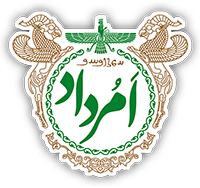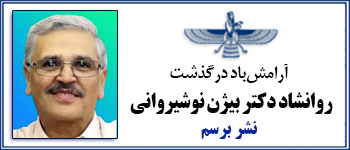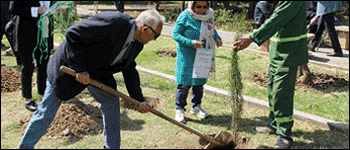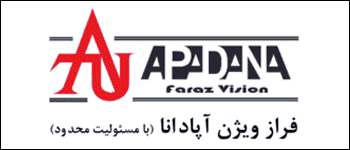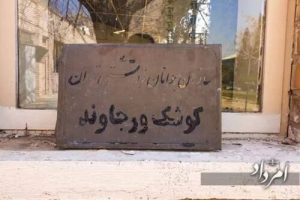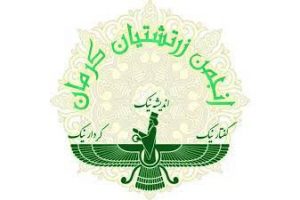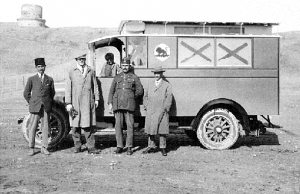
December 5th, 1874, is the anniversary of Signing the Red Cross Launch Agreement (Red Lion and Sun) in Iran and Acceptance of the 1864 Geneva Convention.
146 years ago, during the reign of Naser al-Din Shah, attempts were made to join Iran to the Red Cross, but even though the Iranian government had accepted the Geneva Convention, until 1301, when the Red Lion and Sun Society of Iran was founded, in practice, no organization was responsible for implementing the provisions of this convention.
During the civil wars in Iran, between monarchists and authoritarians, we can only mention the humanitarian and scattered efforts of people like Dr. Amir Khan Alam, known as Amir Alam, a medical student from Europe and one of the founders of a new style hospital in the country, which was made to heal the wounded, in the years after the victory of the Constitutional Revolution. In the summer of 1859, a Swiss businessman named Henry Dunant witnessed a battle between Austrian, Italian and French troops in the village of Solferino in northern Italy. He saw that many of the wounded died without receiving medical treatment, while most of them would have survived if minimum effective medical care had been provided. After the war, he published his memoirs in a book, A Memoir of Solferino, in 1862, and, referring to the condition of the injured, he offered to set up a relief center.
The project was established during the Geneva International Consensus in October 1863 with the agreement of the accompanying participants and the International Committee of the Red Cross with the Red Cross emblem and white background.
Later, in 1876, the Ottoman government chose the Red Crescent emblem with a white background, and the Qajar government in 1922 chose the Red Lion and Sun emblems for its voluntary organization.
In Zoroastrianism, Rām Izad (Ram) is the guardian and client of the twenty-first day of each solar month and is mentioned in the Avesta as ‘provider of good pasture and good food.’
May the day be calm to this world
May the wind be tranquil with you
The word rām means calm, happy, obedient, and it is still used in the same way or as rāmišni in the sense of peace, happiness, and compromise. In this ritual, the yellow matthiola flower is dedicated to this god.
Rām or Rām Izad, which in Avesta is referred to as Rāma or Rāmen, and in the Pahlavi language (Middle Persian) is read as Rāmišn or Rām, is one of the gods worthy of offering prayers to, in Zoroastrianism. This god, who has also been called Vayu Veh, is the guardian of the 21st day of each month, and called Ram Day. The fourth day is Nabor, or abstinence from eating meat.
Bahman (also known as Vahman or Vohu Manah and one of the Amesha Spentas) has three disciples. The first is Māh (moon), the second is Drvaspa, and the third is Rām, which is twin with Vayu, and has a special role in the afterlife. In fact, in the afterlife, Rām helps the virtuous and just spirits to overcome difficulties and obstacles. He is also known as an aspect of time, and the first spiritual healer who solves the problems and heals the patients.
A poem by Ferdowsi in this regard:
May the day be calm from the world
May the wind be tranquil with you
